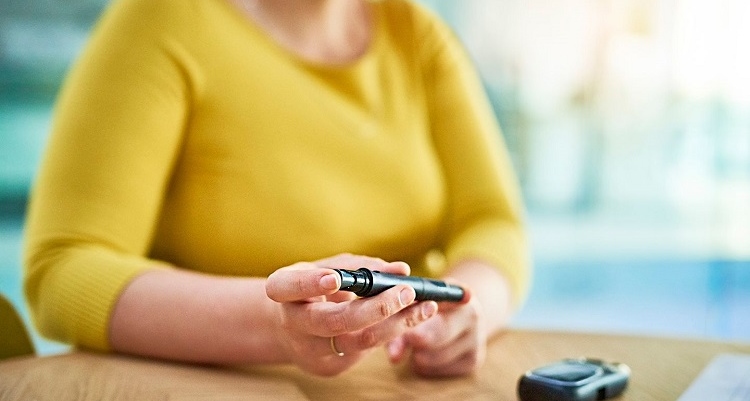There comes a time in everyone’s life when you realise you just can’t do the things that you used to do. Fear not, all hope is not lost! Luckily there are plenty of products that can assist with many of these activities, allowing a much higher level of independence than we would otherwise experience.
Aids and equipment that assist a person to perform daily living tasks can be purchased using funds from a Home Care Package (HCP). However, prior to making any purchases, talk to your Care Advisor to ensure there are funds available and the purchase is an allowable item.
Generally, expenditure should be supported by an Occupational Therapist (OT) assessment, as it’s important to get the right equipment and advice on how to use equipment safely. Specialised and complex equipment that is generally adjusted to suit your individual needs requires supporting documentation which includes the OT report, Care Plan and Budget.
It’s worth noting that the OT will recommend anything they think is beneficial, this does not necessarily mean it is an item that is allowable to be paid by a Home Care Package.
Even for low-risk items, it is always advisable to consult with a physio prior to making purchases and to seek a review of the item while in use.
What is Assistive Technology?
Assistive technology is an umbrella term which covers devices, tools, and systems designed to enhance independence, safety, and quality of life. Assistive products maintain or improve an individual’s functioning and independence. These technologies cater to various needs, addressing mobility, communication, safety, and everyday tasks. For mature Australians living at home, the right assistive technology can promote autonomy and provide invaluable support.
Examples of Assistive Technology that the Home Care Package can support.
In addition to the below, please see our extensive resources on package spending on our website.
1. Mobility Aids such as crutches, quadruped walkers, walking frames, walking sticks and wheelchairs (items must be suitable, safe and a recommended item).
– Providing mechanical devices for lifting, bed rails, slide sheets, slide boards.
– Mobility, transfer (including in and out of bed) e.g. hoist.
– Ramps (fixed and portable) and grab rails.
– Crash and sensor mats, walking belts, hip protectors.
– Car transfer aid/ handy bar.
You can read more on assistive technology and equipment purchases here.
2. Smart devices such as devices with fall detection and emergency buttons provide quick access to assistance.
– GPS trackers, sensor mats and lights.
– Reminder Systems and Alarms that offer reminders for appointments, medication schedules, or tasks.
– IT training in using a computer or mobile phone.
– Automated medication dispensers remind and dispense medications at scheduled times, ensuring proper dosage adherence.
– Orientation clock and calendar.
3. Vision and Hearing Assistance
– Magnifiers and Large-Print devices that enlarge text or images assisting individuals with low vision.
– Large print phone.
– Hearing aids (only if the care recipient is not a pension concession card holder). A Home Care Package may cover (like for like) a typical hearing aid covered by Hearing Service Program (HSP). In all other cases hearing aids are an exclusion.
– Large button and print phones, clocks and microwaves.
4. Daily Living Support devices like:
– Reaching appliances.
– Dressing aids like zipper pullers, button hooks, sock and shoehorns.
– Kitchen Aids like easy-grip utensils, jar and can openers and tipper kettles.
– Writing grips, key holders.
5. Around the home
– Sit to stand and recline chairs.
– Over chair/ bed tables.
– Bed poles and adjustable beds.
– Grab Bars and Handrails to provide support and prevent falls.
– Shower stools, commodes, toilet raiser.
– Easy turn handles and taps.
Purchasing Assistive Technology through HCP
It is important to make sure the equipment is supplied and set up correctly to avoid any risk of injury. When making an equipment purchase there are some points you must consider.
– Have you spoken with a professional for recommendations on items that would benefit you?
– Have you discussed the purchase with your Care Advisor?
– Is there a way to trial the item before committing to purchasing?
– Is hiring a better option?
– Is the device suitable for the home environment? E.g. easy access to and around the home.
– Does it meet your needs? E.g. does the wheelchair fold to fit in the car?
– Is the supplier reputable?
– Does it meet any applicable Australian Standards?
– Will it be delivered and set up?
– What is the warranty period and return policy?
– Are safety and training manuals provided?
– If training is needed, how will this be shared with all relevant carers?
– Will users need to be trained in manual handling/ lifting to avoid injury?
– How will repairs or regular maintenance be managed?
– If purchasing second hand, has a service been arranged prior to use?
Additional Reading
General information about package spending
Equipment approval
Related Posts
July 7, 2025
Managing diabetes with a Home Care Package – a path to better health
Living with diabetes can feel like a…




